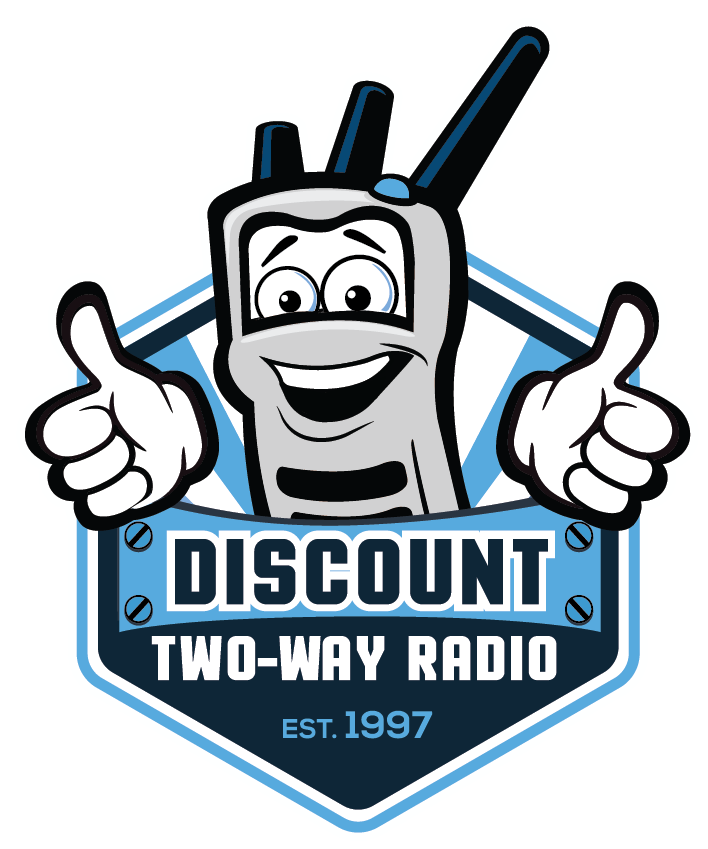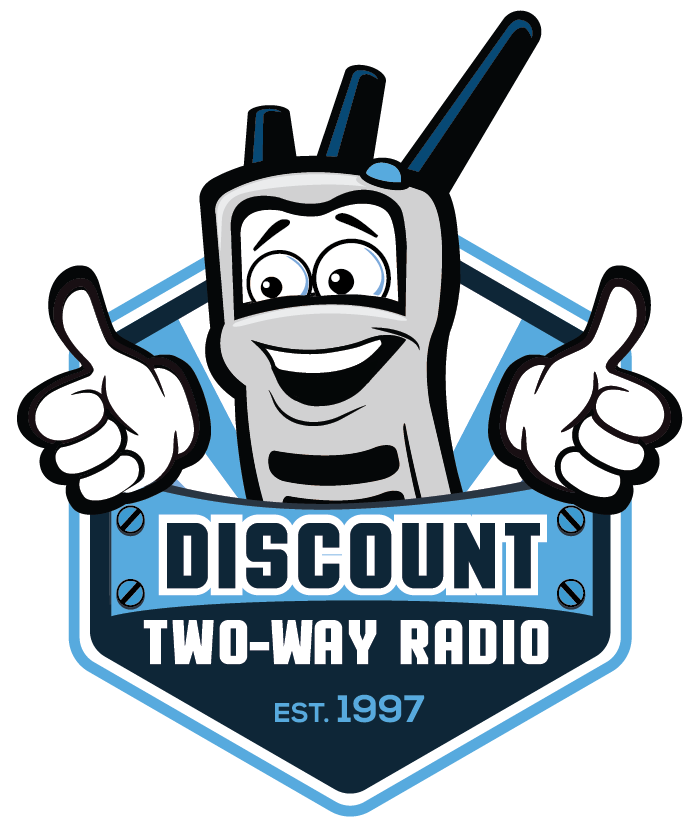
Two-Way Radio Programming: How to Customize Channels for Optimal Use
Two way radio programming is essential for ensuring seamless communication across various industries, including businesses, emergency services, and recreational use. Properly customizing channels and features enhances communication efficiency, safety, and productivity, helping teams stay connected without interference. Whether you’re managing a construction site or coordinating a large event, effective programming can make all the difference.
How to Make the Most of Your Two-Way Radio with Custom Programming
Properly programming a two-way radio is essential to ensure smooth communication, whether you’re running a business, organizing an event, or working in emergency services. Programming involves customizing channels, frequencies, and features to optimize communication efficiency and security for your specific needs. Let’s dive into some key basics of two-way radio programming.
What is Two-Way Radio Programming?
Two way radio programming is the process of configuring a radio’s channels, frequencies, and settings to meet the needs of your business or activity. Customizing radios ensures that communication is organized, clear, and interference-free, improving overall productivity and safety in various industries.
Common Programming Features
Channel Assignment
Custom channel assignment allows different teams or functions to have designated communication lines. For example, a construction site might assign separate channels for operations, admin, and emergency communication, keeping conversations organized and easily accessible.
Frequency Selection
Choosing the right frequencies is critical for avoiding interference and staying compliant with regulations. Radios can operate on licensed or unlicensed frequencies. Licensed frequencies are often needed for business or public safety applications, while unlicensed ones are ideal for personal or small business use.
Privacy Codes & Encryption
Privacy codes (PL/DPL) and encryption are features that help secure your communication. Privacy codes allow users to filter out unwanted transmissions, ensuring only your team communicates on a given channel. Encryption adds an extra layer of security, especially for industries dealing with sensitive information.
- PL/DPL codes: Filter out background chatter from other radio users.
- Encryption: Secures communication, protecting confidential conversations.
Optimizing Channel Layout for Industry-Specific Two-Way Radios
Customizing two-way radio channels allows businesses to optimize communication, ensuring that teams can respond quickly and effectively. Different industries require tailored channel setups to meet their unique needs, from operational coordination to emergency response.
Industry-Specific Channel Setup
Each industry has its own communication requirements. Customizing channels based on the specific needs of your sector ensures smoother, more efficient communication.
➞ Manufacturing:
Set channels for operations, maintenance, and safety teams to keep production running smoothly and ensure immediate response during emergencies.
➞ Hospitality:
Create channels for management, housekeeping, and security, allowing for quick communication to handle guest needs and respond to safety issues.
➞ Security:
Utilize priority channels for urgent matters, such as emergency alerts, and ensure that response teams have dedicated emergency channels for quick action.
Optimizing Channel Order
The way channels are arranged can significantly impact response times, especially in high-pressure situations. By organizing channels logically, users can quickly access critical communication lines without confusion.
Channel Scanning and Monitoring
Some radios offer scan lists, allowing users to monitor multiple channels at once. This feature ensures that important updates are never missed, as radios can switch between channels for real-time updates on different teams or departments.
Legal Must-Knows for Two-Way Radio Programming
Proper two-way radio programming isn’t just about optimizing performance—it’s also crucial to ensure you’re staying within legal boundaries. Adhering to FCC guidelines and avoiding restricted frequencies is key to maintaining compliance and avoiding fines.
FCC Licensing
When programming two-way radios in the U.S., it’s vital to comply with FCC (Federal Communications Commission) regulations. Operating radios on unauthorized frequencies can result in penalties or interference with essential services.
Restricted Frequencies
Certain radio frequencies are designated for specific uses, such as emergency services or government operations. These frequencies are strictly off-limits unless you have special permission to access them.
- Tip: Ensure you’re using authorized frequencies by consulting the FCC’s database or seeking guidance from an experienced professional.
Programming Pitfalls: Common Two-Way Radio Mistakes to Watch For
Programming your two-way radio correctly is essential for clear, efficient communication. However, mistakes can easily occur, leading to poor performance and even legal issues.
Incorrect Frequency Assignment
One of the biggest mistakes is programming radios with incorrect or unauthorized frequencies, which can cause interference with other users or even emergency services.
Overcomplicated Channel Layouts
A complex or confusing channel setup can frustrate users and slow down communication, especially during high-pressure situations.
- Tip: Keep your channel layout simple and logical, prioritizing essential channels like operations and emergency communications for easy access.
Not Using Privacy Codes
Failing to use privacy codes (PL/DPL) can lead to interference from other users on the same frequency, resulting in missed or unclear messages.
- Tip: Implement privacy codes to filter out external noise and ensure that only your team can communicate on a specific channel.
Neglecting Scanning Features
Not enabling scan features can limit the effectiveness of two-way radios, especially in environments where multiple channels need to be monitored for updates.
- Tip: Activate the scanning feature to automatically monitor several important channels and stay informed of any developments across different teams.
How to Program Your Two-Way Radio: A Step-by-Step Guide
Programming your two-way radio doesn’t have to be complicated. With the right steps, you can set up your radio to ensure clear, secure, and efficient communication. This guide will walk you through the process, from gathering essential information to testing your channels for optimal performance.
Step 1: Gathering Required Information
Before you start, make sure you have all necessary information, including frequency charts, any required FCC license details, and the specific frequencies you’ll be programming into your radio. Having this information ready will make the process smoother.
Step 2: Accessing the Radio’s Programming Mode
Each brand has a different way to enter programming mode, whether it’s through a button sequence or software. Refer to your radio’s manual to understand how to access this mode, and follow the instructions for your specific model.
Step 3: Assigning Frequencies to Channels
Once in programming mode, begin by assigning frequencies to each channel. Use your frequency charts to map out which frequency corresponds to each channel, ensuring your channels are organized for maximum efficiency.
- Tip: Start with essential channels, such as emergency or operations, before moving on to other departments.
Step 4: Setting Up Privacy Codes/PL Tones
To keep your communications private, set up PL/DPL codes. These codes filter out other users on the same frequency, ensuring that only your team can communicate on specific channels without interference.
Step 5: Testing the Channels
After programming, test your radio’s channels by performing a range test and checking for any interference. Make sure each channel is clear and operational, adjusting settings if necessary for optimal performance.
Get the Most from Your Radios with Discount Two-Way Radio’s Expertise
Proper two way radio programming is essential for ensuring seamless communication, whether it’s for business operations, public safety, or recreational use. From gathering the right information and assigning frequencies to setting up privacy codes, each step plays a crucial role in optimizing your radio’s performance.
At Discount Two-Way Radio, we understand the importance of reliable communication and offer a wide range of radios and accessories to meet the needs of your industry. Ready to take your communication to the next level? Browse our selection of high-quality products and find the perfect solution for your team today!
FAQs
What is two way radio programming, and why is it important?
Two-way radio programming involves setting up channels, frequencies, and features tailored to your communication needs. Proper programming ensures seamless communication, security, and compliance with regulations, avoiding interference and missed messages.
Can I program my two-way radio myself?
Yes, many radios come with user manuals or software for self-programming. However, professional programming ensures optimal frequency selection, channel organization, and secure communication, which is especially important for businesses or emergency services.
What are privacy codes, and should I use them?
Privacy codes (PL/DPL) help block interference from other users on the same frequency. They don’t encrypt communication but filter out unwanted transmissions, making them crucial for businesses that need clear, uninterrupted communication.
Do I need a license to use two way radio programming for business purposes?
Yes, if you’re using licensed frequencies for your business, you’ll need to obtain an FCC license. It ensures compliance and avoids interference with other critical communication services.





No Comments